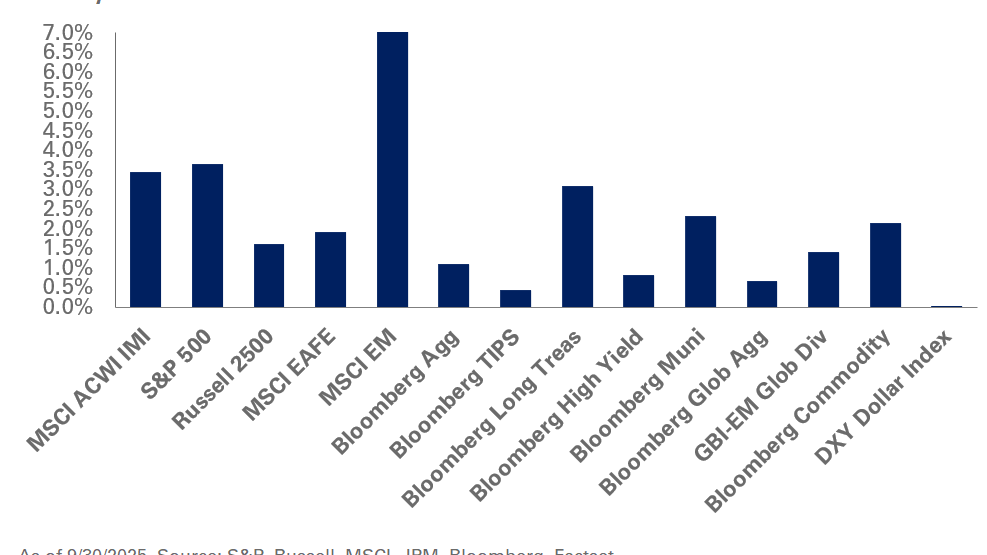Investment fees have come under renewed scrutiny as many state and municipal employers seek cost savings for their pension plans in the face of budget deficits fueled by depressed tax revenues in the pandemic.
Investment fees for state pension funds equaled 0.33% of plan assets in 2016, the latest year for which data are available, up from 0.26% in 2006, according to a study conducted by Pew Research Center; this comprises over $2 billion in total annual investment fees for the 73 plans examined. Public pension sponsors are taking a harder look at payments to investment managers in efforts to negotiate lower fees and bring down overall plan costs.
While NEPC has been successful in negotiating attractive fees for many of our clients during the due diligence process prior to investment managers being hired, we recognize the importance of helping plan sponsors evaluate the competitiveness of fees they are paying to legacy investment managers. A review of investment management fees is not always a straightforward and simple exercise. Having the right framework can identify potential opportunities to renegotiate fees, and equip plan sponsors and their consultant with the information they need to be successful in those negotiations. To that end, the following key metrics and considerations can be used to effectively examine plan fees:
- Ensure an apples-to-apples comparison for the most effective analysis: Compare the annual fees the plan is paying each manager with the typical fees for a similar-sized account in that manager’s peer universe. For instance, the annual fees paid on a $50 million account with a small-cap growth manager should be compared against the median fee that other small-cap growth managers charge for a $50 million account. Peer universes can be divided into domestic or international, large cap or small cap, active or passive, growth or value for equity managers, and into core or core plus, active or passive, domestic or international for fixed-income managers. It’s important that the peer group comparison be as similar as possible for the most effective analysis.
- Include performance as a metric in a fee review: Consider the fees in relation to the active return that a manager is earning. If a manager is charging more than its peers but is outperforming them, a plan sponsor may not be overpaying once the additional returns are factored in.
- Account for the prevailing market environment: The current investment landscape and the stage of the market cycle will likely significantly impact a manager’s strategy and performance. A period of underperformance alone—for instance the ongoing lag in value stocks—is not a sufficient reason to fire a manager for investors with a long-term investment horizon. However, a manager’s underperformance can be an opportune time to discuss a fee discount. If we believe in the abilities of the manager and the strategy, then we have captured future potential gains and the lower fees negotiated in the down cycle.
- Consider a performance-based fee model: Once the domain of alternative-asset managers such as hedge funds, performance-based fees are finding their way into the universe of investment managers in publicly-traded markets. A performance-based fee structure better aligns the interests of the portfolio manager with those of the client. If choosing this path, fee caps and/or a performance hurdle rate can help keep costs lower during periods of underperformance and can demonstrate good governance.
With the right framework, a review of investment manager fees can identify potential cost savings for pension plans.



